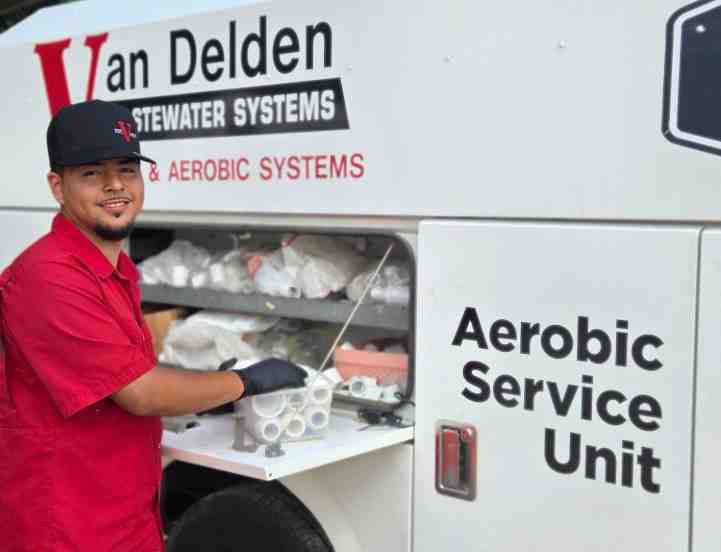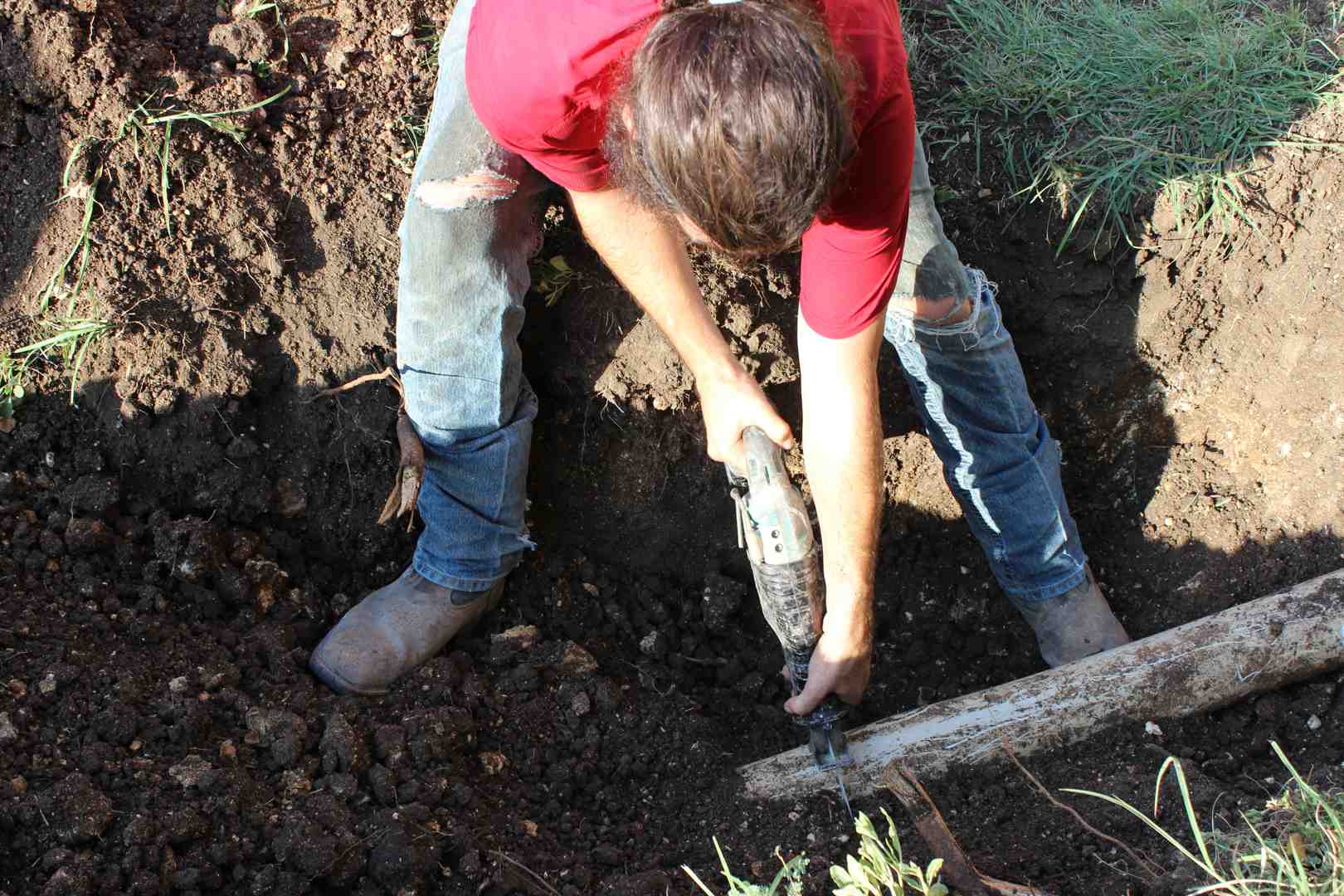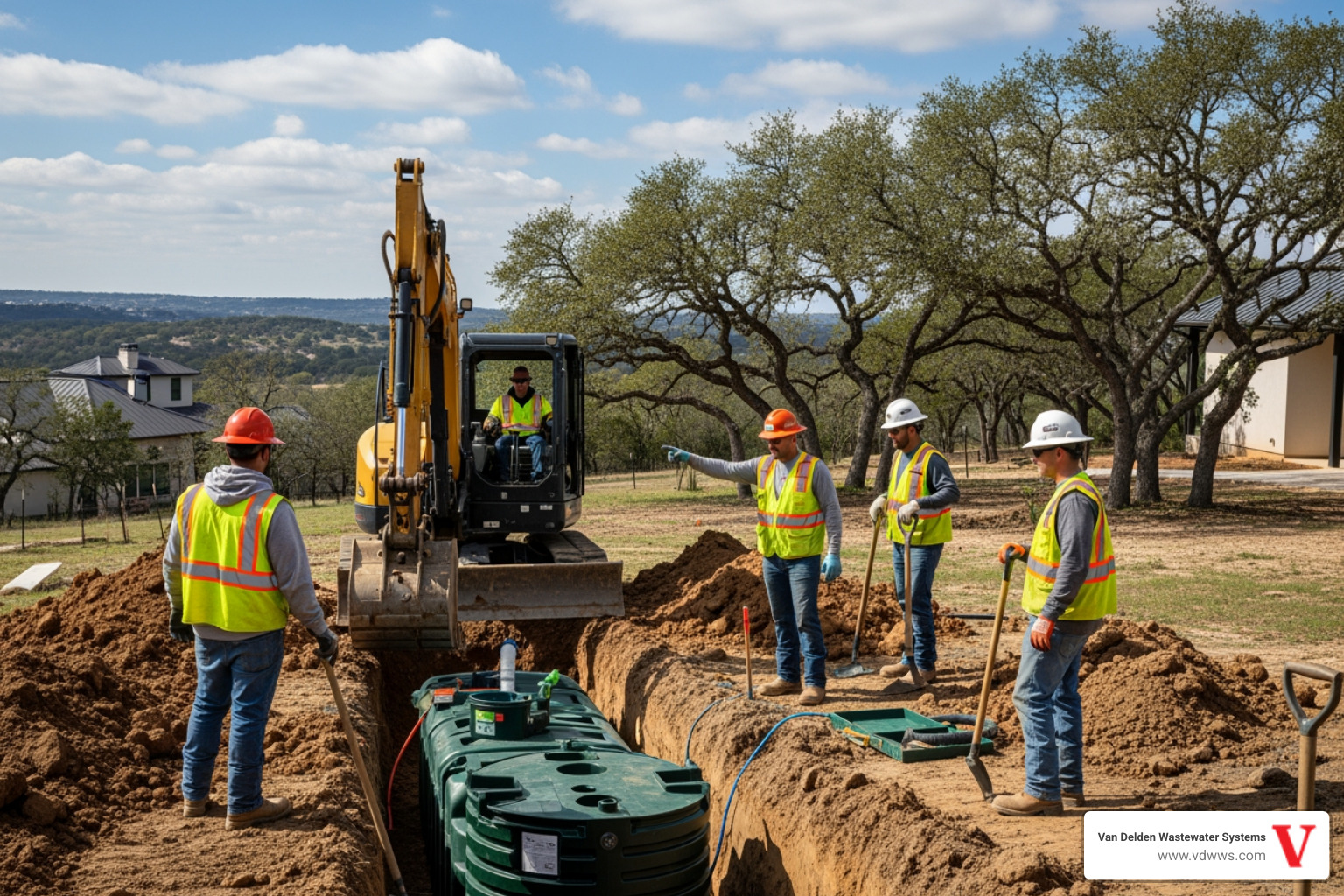A properly working drainfield plays a big part in keeping your home's septic system running like it should. When wastewater flows out of the septic tank, the drainfield is where it safely filters into the soil. If this area isn’t working well, the system can slow down, stop draining altogether, or even push waste back into your home. Homeowners in San Antonio may notice yard flooding, foul smells, or plumbing issues when the drainfield can’t absorb water correctly.
Drainfield percolation problems show up more in places that deal with dry spells followed by heavy rains, much like San Antonio. The soil in these cases can compact or saturate fast, causing drainage to slow or stop completely. That’s why regular checks and proper care matter so much. Understanding how percolation works, recognizing early signs of trouble, and taking action right away can help homeowners avoid major disruptions down the line.
Understanding Poor Drainfield Percolation
Percolation, or perc for short, is the way wastewater filters down through soil after it reaches the drainfield. It needs to move at the right speed—not too fast and not too slow. If wastewater can’t soak into the ground easily, it collects instead, building up until you have soggy yards or backup in your plumbing.
Here are a few reasons drainfield percolation slows down in San Antonio:
- Soil saturation: After heavy rainfall, the soil gets soaked and doesn’t have room to absorb new wastewater. If the ground stays too wet for too long, it creates a surface that just won’t take in more moisture.
- Compacted soil: When the ground is pressed down from foot traffic, heavy vehicles, or poor landscaping, it tightens up and blocks water flow. Percolation slows dramatically or stops altogether in compacted areas.
- Chemical imbalances: Household cleaning products, harsh chemicals, or grease buildup can change the balance of bacteria in the system. When that happens, the drainfield clogs and loses its ability to break down waste naturally.
As an example, some homeowners notice issues just a few days after hosting guests. The extra water use overwhelms their septic system and hits an already burdened drainfield. If percolation is already poor, the added load tips everything into failure.
Recognizing what causes percolation problems makes it easier for homeowners to pinpoint what's going wrong and when they should bring in help to get things flowing again.
Signs of Poor Drainfield Percolation
Most issues with percolation don’t show up all at once. Small changes happen slowly, but paying attention makes a big difference before trouble spreads. Here are some common signs San Antonio homeowners can watch for:
1. Standing water: Pools of water forming above the drainfield, even when there hasn’t been rain, are a major sign that wastewater isn’t soaking into the soil.
2. Bright green patches: If parts of the yard look greener and healthier than the rest, it might mean those areas are getting excess nutrients from leaking wastewater.
3. Slow draining fixtures: When sinks, toilets, or showers start backing up together, the problem may go beyond the pipes and into the yard.
4. Strong, unpleasant odors: A smell you can’t ignore, especially near the drainfield, often points to wastewater lingering above ground because it has nowhere to go.
One issue doesn’t always confirm poor percolation, but multiple signs at once usually do. Acting fast keeps the yard, home, and plumbing system safe from bigger problems.
Importance of Regular Drainfield Cleaning
Taking care of the drainfield isn’t a once-and-done job. Regular drainfield cleaning plays a big role in stopping buildup before it causes bigger issues. When wastewater exits the septic tank, it should move freely through the drainfield. Sludge or solid waste that gets past the tank can collect in the drain lines, slowing percolation or blocking it completely.
Cleaning the drainfield helps clear out debris and wastewater blockages that settle over time. Removing that buildup keeps the pipes open so water can flow into the soil, where it naturally filters out. Without this routine care, the chance of backups, slow drains, and flood spots in your yard increases.
For San Antonio homeowners, regular cleaning can help account for the city’s alternating dry and stormy patterns, which make the soil more prone to clogging and compacting. Drainfield cleaning also brings another benefit—it gives our professionals a chance to check the overall condition of the system. If there’s a slow breakdown happening in one area, it will be caught well before it affects the whole yard or sends wastewater back toward your house.
Fixing a clogged or failed drainfield comes with more cost and mess than ongoing maintenance. Homeowners who stay ahead with cleaning usually avoid soil damage, long-term smells, and full drainfield replacements. In the long run, staying consistent with drainfield care saves time and energy.
Hiring Professional Services for Drainfield Cleaning in San Antonio
When it comes to drainfield cleaning in San Antonio, the tools and process used matter a lot. Our professionals know how to handle delicate systems without causing further damage. Drainfields aren’t buried very deep, and using the wrong tools or pressure can break the piping or disrupt the layout underground.
Hiring trained technicians means the cleaning is done safely, and it also gives you expert feedback as the work is done. Our technicians know what signs point to bigger problems and what problems can be fixed on the spot. That kind of hands-on service can make a big difference in keeping small fixes from becoming large ones.
Every septic setup is a little different. Some drainfields are older and installed with outdated materials, while others sit on soil that doesn’t drain well, especially after heavy rainfall. A professional can adapt the approach to match your setup and soil type.
To schedule a service, homeowners in San Antonio can:
- Call in advance to find a spot that works around your schedule
- Share any recent warning signs you’ve noticed, like wet patches or gurgling sounds
- Mark off known septic system areas to help avoid disturbing underground lines
The more information you provide, the better our professionals can prepare before coming out. That helps the job get done faster and more thoroughly.
Ensuring Your Drainfield Performs Year-Round
The more consistent your septic care is, the fewer surprises you’ll run into. San Antonio’s soil types and weather conditions can make things unpredictable, which is why keeping your drainfield in shape all year should be a priority. Here are a few maintenance steps that go a long way:
- Don’t park vehicles or store heavy equipment over the drainfield. This compresses the soil and closes off the space water needs to drain.
- Keep large trees and deep-root plants away from the area. Their roots can break through and clog drain lines.
- Use water wisely inside your home. Too much water at once overloads the system. Spread loads of laundry throughout the week and fix dripping faucets.
- Schedule checks with our professionals at least once a year so you catch problems before they grow.
Simple habits like those keep your system running smoother and extend the life of the drainfield. Even a small change, like diverting rainwater away from the area, can make a big impact when the ground already struggles to absorb moisture.
Keeping Your Septic System Running Smoothly
Skipping regular cleaning or ignoring early warning signs doesn't just hurt the drainfield—it affects the whole septic system. What many homeowners don’t realize is that when one part of the system breaks down, it puts extra load on the next. That backup eventually makes its way into your home or yard.
Clogged drainfields often lead to complete system failures that require digging, replacing, and large repairs. In many cases, the signs were there long before the field gave out. Homeowners who stay active about cleaning avoid that level of damage and keep their home systems far more stable.
It’s easier to maintain your system over time than to recover from a failure. Regular drainfield cleaning in San Antonio is one way to protect your home’s environment, plumbing, and yard without waiting for something to go wrong. Keeping the system healthy year-round gives you one less thing to worry about.
Keep your septic system running smoothly by scheduling regular drainfield cleaning in San Antonio along with routine septic tank maintenance through Van Delden Wastewater Systems. Our professionals work hard to ensure your system operates reliably, helping you avoid unexpected issues and costly repairs. For a quick estimate or to book a service visit, please contact us today.
Customer Reviews
Peter was personable, professional and thorough. Highly recommend Van Delden. You might be able to find a cheaper company but not better!
On time. 100% professional, knowledgeable, and courteous. Very helpful and straightforward. That is the bar all businesses should strive for.
It has been a pleasure working with your company. Not only did y’all communicate very well but your workers were always polite! Thank you!
“I thank Van Delden for such prompt service. Honest people are hard to come by these days. I will certainly recommend Van Delden to anyone! Jesse is an upstanding young man and very nice to talk to. I thank everyone at Van Delden for taking such good care of me.”
This is just a note to thank you for explaining the problem with my system. You didn’t have to be so kind and I appreciate your good business ethics and time spent. In the future you will have mine in return!






